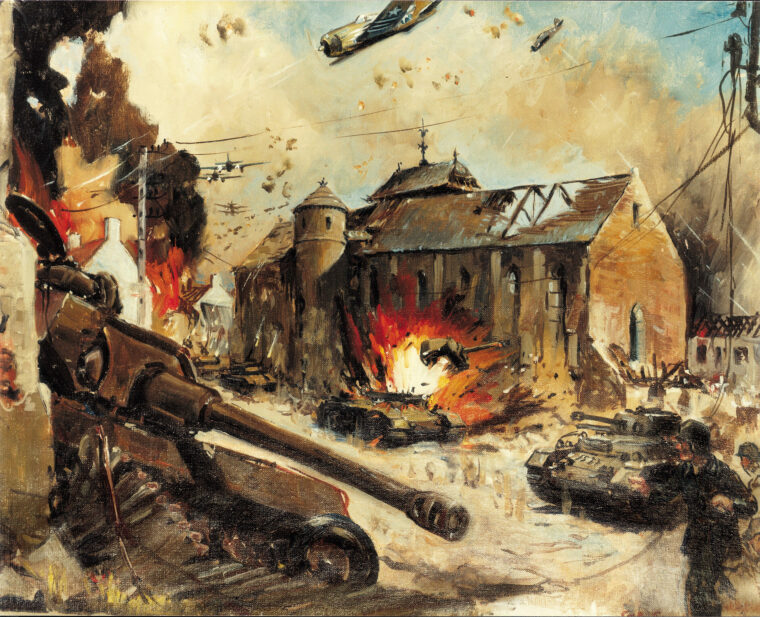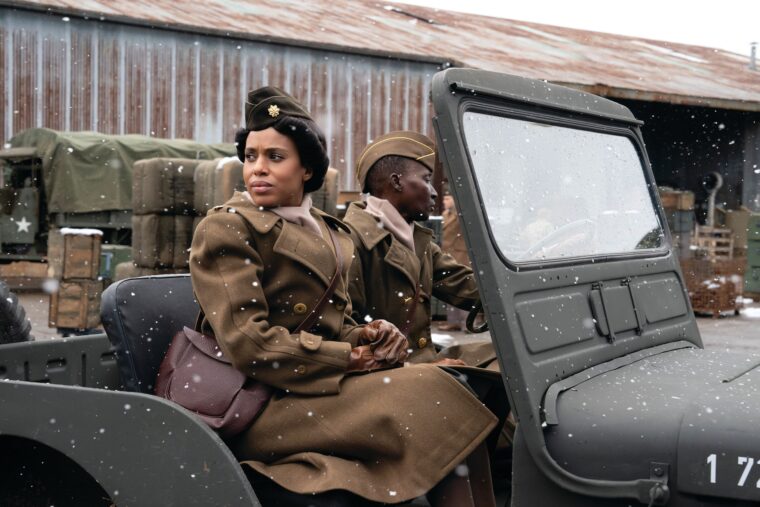
European Theater
Bloody Aachen
By Richard RuleBy the time of the waning of the summer of 1944 in western Europe, General Dwight D. Eisenhower’s victorious Allied armies had forged a battle line from the Dutch province of Maastricht in the north to Belfort near the Swiss border in the south. Read more























